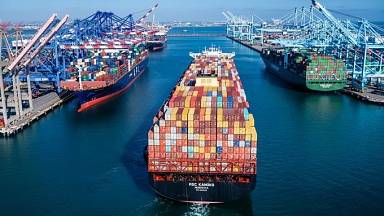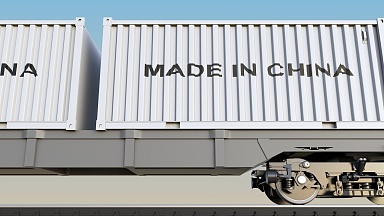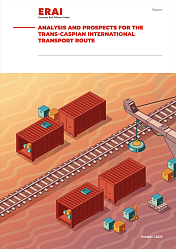At yards in Waalhaven South, Maasvlakte West and Botlek railway tracks were flooded. In Pernis, water also entered a relay box, causing delays. Pumps are now running at full speed at all locations to try and lower the water level. Maasvlakte West and Pernis are now operating again. Botlek still has two tracks underwater, and Waalhaven South deals with eight flooded tracks.
«We find it very annoying for carriers and shippers that there is so much inconvenience from the weather. We are doing everything we can to resolve this as quickly as possible. Unfortunately, this occurs during heavy rainfall. It happens a few times a year», ProRail says in response to the situation.
Freight trains were detained at multiple departure locations in the Netherlands and abroad. RailGood criticises ProRail for not having a good contingency plan. According to the employers’ organisation, adequate action had not been taken for too long to prevent and resolve problems. The flooding is the next of many challenges ProRail has been facing lately.
Pernis should be ready in a week
In January, ProRail announced that the competent authorities had not approved the fire extinguishing facility at the yard in Rotterdam Pernis. About 70 trains a week are affected by the delayed maintenance. «We hope to have temporary measures at Pernis ready within a week. The final solution will follow in April», a spokesperson of ProRail told Railfreight.
Hydrants at other yards require maintenance as well, however, this only entails «flushing the pipes», according to ProRail. The city of Rotterdam set a new deadline for ProRail to get their affairs in order. Before April the 23rd all hydrants at the yards should be up and running, otherwise, the infrastructure manager might receive a fine.
Higher charges for infrastructure in 2023
On top of ProRails problems, charges for the use of Dutch tracks will increase significantly. According to RailGood the increase will be between 50 and 660 per cent. This includes a 12 per cent inflation indexation. The increase is linked to ProRail’s new methodology for calculating rail infrastructure charges.
«Since this year we have been applying a new method for cost calculation. Compared to the old ones, the new rates are based more on the principle of ‘the user pays’. What we mean by this is that the rates for category 2, 3 and 4 services are more in line with the actual costs incurred by ProRail, which increases the price of these services. At the same time, running the trains, fares for the minimum access package, has become about half the price this year. The method is also now more in line with that of various rail managers abroad», a spokesperson of ProRail says.
«The new method therefore ensures that some rates rise and others fall. The starting point was that the total costs charged to carriers remained the same. ProRail also has to deal with the sky-high inflation, which has been incorporated into the rates. ProRail has drawn the political attention to this», ProRail concludes.
European support
The European Commission came up with a 28 million euro support scheme to encourage Dutch freight transport to shift from road to rail. The scheme will support rail freight companies to pay for the significantly higher track access charges next year. The subsidy will be valid until 2026 and refunds companies 25 per cent of their siding and shunting costs. However, RailGood said that, even with this aid, prices are expected to increase between 15 and 450 per cent.




